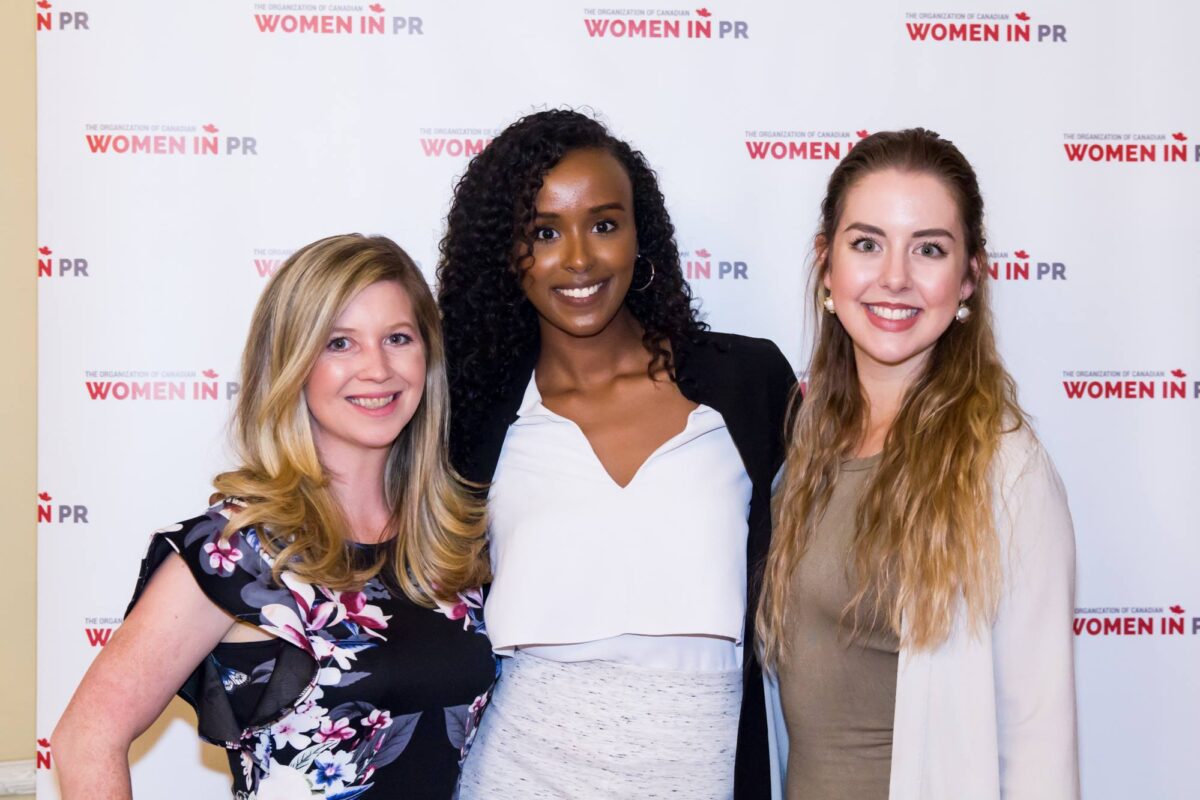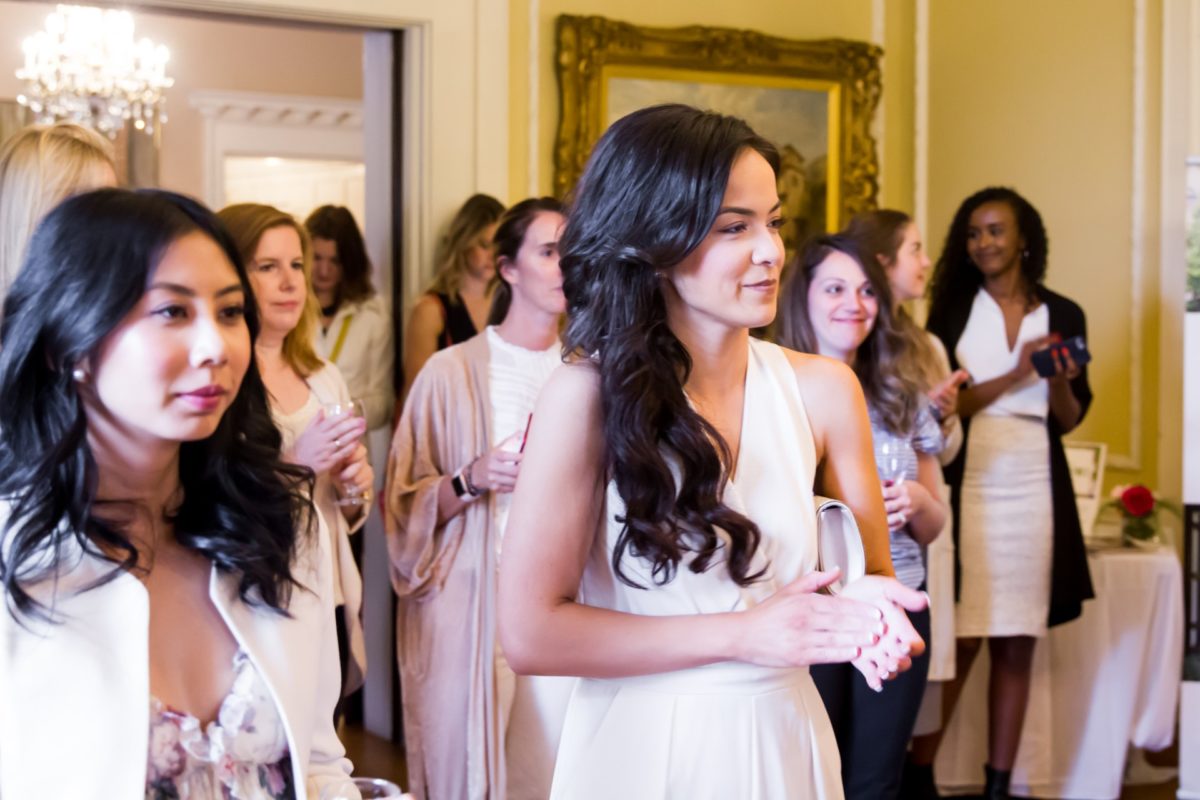Research shows that women face barriers in their work, either by not having enough support to keep the position and maintain a family or through the glass ceiling, unequal pay, etc. The Women in Public Relations in North America study researches all those issues, adding to the body of work undertaken by Topić et al (2019), however, it also looks at the working culture, such as networking, interaction at work, dress codes, ability to see other senior women as role models, and expectations of women working in the industry to establish whether organizational culture and the socialization process influence women’s ability to progress in their careers.
Although the PR industry in North America is highly feminized with a 64% female workforce, only 59% of managers are women (U.S. Bureau of Labor Statistics, 2020). The masculine work patterns that underpin other workplaces are also prevalent in PR, with long working hours, unattainable work-life balance and difficult and unequal career progression.
The study is based on personal interviews with women working in the public relations industry in North America (the United States and Canada). Qualitative interviews were conducted through the Organization of Canadian Women in Public Relations and American Women in Public Relations, to explore lived experiences of women working in public relations, as well as the office culture and socialization and leadership. The majority of interviewees are in their 40s and their 30s.
Findings show early sex-typing in childhood had manifested as gendered roles in the workplace, with subversive mothers and male figures embedding a hustle culture to ensure success for the women. However, this did not protect women from the implicit and explicit gender bias in the workplace, that champions men above women, who are in turn scrutinized for their roles. Change is happening, and some elements of the office culture, such as the dress code, are not rooted in gender. All participants valued a combination of masculine and feminine characteristics in leaders, with empathy noticeably demonstrated more in female leaders.
Women’s experiences in PR in North America were characterized by long working hours, with work taking precedence over family life and the implicit – and at times explicit – suggestion that to further careers, family life had to suffer. Women leaders were more empathetic to the issues women faced about maternity leave, breastfeeding and looking after children, but that didn’t necessarily benefit the women in any meaningful way, though some saw an increase in flexibility.
This lack of flexibility in some instances can manifest as discrimination against women who historically and traditionally also have the pressure of raising a family, thus posing questions about the ability of a work/life balance. Most of the women thought this descriptor was problematic and that instead the term ‘flexible working pattern’ should be used, therefore shifting the focus from work to flexibility through the syntax of the phrasing.
The research project aimed to establish whether organizational culture and the socialization process influenced women’s ability to progress in their careers. The research project examined three pre-determined groupings, synonymous with other EUPRERA projects across Croatia and England.
The North American report examined the lived experiences of women in public relations; the office culture such as networking, interaction at work, and dress codes; and the socialization, leadership, and ability to see other senior women as role models.
The research has also been published by Leeds Beckett University in the UK. The report was co-authored by Teela Clayton, Talia Beckett Davis, Natasha Netschay Davies, Alliancé Babunga, and edited by Martina Topić.
“This study marks an important step in our goal to investigate the long-term effects of gender bias towards women in public relations in the corporate workplace. Our objective from the very beginning was to learn how women have been affected to help organizations develop initiatives to create change. I want to thank all the women who contributed to this study for sharing their personal experiences. We will continue to work with our research partners around the world to shape the future of women in public relations,” explained Talia Beckett-Davis, Founder and CEO of Women in PR North America.
“Interviewing women across North America and hearing their stories proved to me what I already know: women are resilient, resourceful and, most of all, positive. Sharing the combined lived experiences of my colleagues in this North American report helps us understand each other’s challenges and build a way forward together,” said Natasha Netschay Davies, Chair of Women in PR North America.
“When interviewing participants for this research study, I recognized that there are many challenges in the PR industry that if approached correctly could be turned into opportunities. There are many women in intermediate to managerial positions and only a handful make it to the C-Suite roles. Second, whereas diversity is visible to the naked eye, equity and inclusion are missing in the industry culture, which in turn demoralizes the experiences of many communicators and deters many from pursuing the career. I am optimistic as to what the future of PR will look like given the ongoing transformative conversations that continue to be had and the growing hunger for change,” said Alliancé Babunga, Research Assistant, Women in PR North America.
“I authored the EUPRERA Women in PR project as I noticed a lack of scholarship on more structural issues that women face. A lot of work has been done looking into the glass ceiling and the pay gap, but we need to look deeper and analyse why this inequality happens. This is why the interviews for the project encompassed questions on the glass ceiling and the pay gap, but also the office culture and lived experiences, exploring issues such as social interactions in offices, banter, and also the early socialisation process and leadership styles. These questions helped in understanding why women struggle to achieve equality in organizations and opens a possibility for more tailored activism in improving their position in the industry,” stated Dr. Martina Topić.
“Following a thesis investigating the dissemination of political brand over Twitter, I was thrilled to use my academic skills to contribute to the EUPRERA project. As a woman newly entering the world of PR, it has been both frustrating and enlightening to hear the lived experiences of women in PR in North America. I am glad to help shine a light on our industry in the hope that we can make it better for the women who come after us,” stated Teela Clayton.
Download the report here.
About Women in PR North America
The Organization of Canadian Women in Public Relations Ltd. (Women in PR Canada®) is an influential network of leading businesswomen striving for excellence in the field of public relations. American Women in Public Relations (Women in PR USA®) is a division of The Organization of Canadian Women in Public Relations Ltd. Together; our organizations form the networking group Women in PR North America®.
About EUPRERA
EUPRERA is an autonomous organisation that aims at stimulating and promoting innovative knowledge and practices of public relations education and research in Europe. EUPRERA cooperates with the most prominent PR associations, scientific journals and practitioners coming from different countries.
Women in PR North America
The Organization of Canadian Women in Public Relations (Women in PR Canada) and American Women in Public Relations (Women in PR USA) is a network of leading business women striving for excellence in the field of public relations. Together, our organizations form Women in PR North America.


